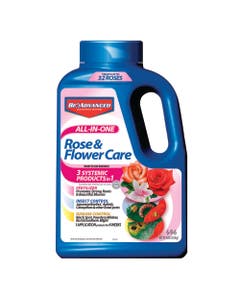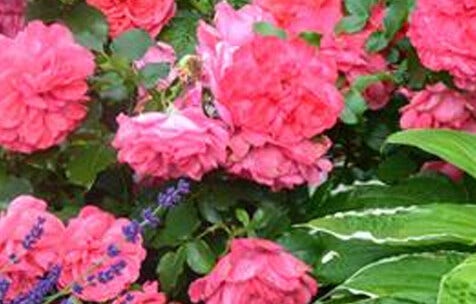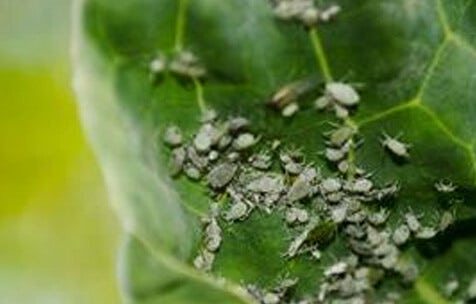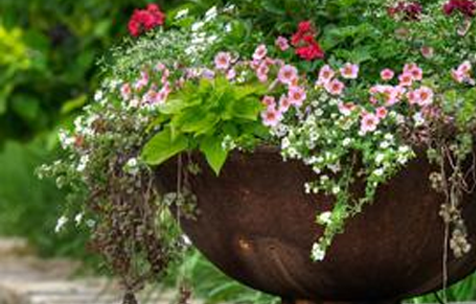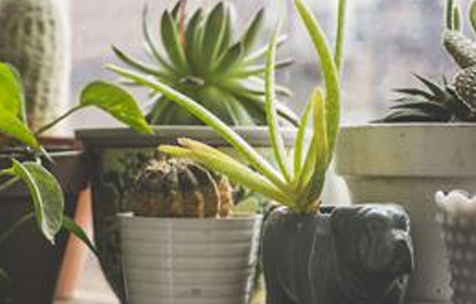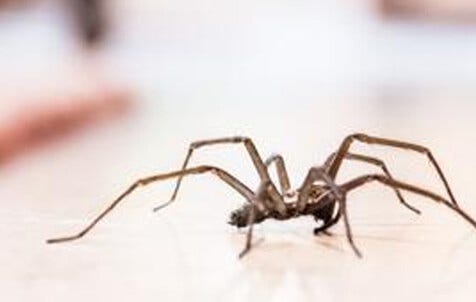

- Home
- Solution Center
- Learn
- Rose & Flower
- Planting After Danger Of Frost
Planting After Danger Of Frost
The key to successful spring planting lies in a simple instruction on seed packets, plant tags and websites: Plant after danger of frost has passed. But what does that mean?
The last frost date for an area is the last day in spring when a frost could occur. Most planting instructions refer to the average last frost date, which is the date on which, in half of previous years, the last frost had already occurred. This means that half the time, if you plant after this date, there won't be any more frosts – but half the time, there could be.
It's best not to sow seeds or plant seedlings of heat-loving plants, such as Tomatoes, Cosmos or Basil, before this date because young plants will die if frost occurs. Check with your Local Cooperative Extension System office or garden center to determine the best time to plant these crops, which need adequately warm soil to grow. You can safely plant crops that can withstand a light frost, such as Pansy, Stock, Snapdragon, Broccoli or Peas.
How To Discover The Date For Your Area
- Visit you local Cooperative Extension System website.
- Check out the National Climatic Data Center website, where maps show the 10% probability, after a particular date, of a freeze.
- Ask local gardeners about their experiences.
Exceptions To The Rule
There are specific pockets where, when frost strikes, plants survive. Known as microclimates, these are places where factors moderate temperatures and naturally protect plants. What creates a microclimate?
- A windbreak, such as a building, fence or hedge
- Elevation changes: hills or berms. In an open area, cold air rolls quickly downhill, letting plants on the side of a hill experience warmer temperatures than plants at the base. In a more sheltered area, a hill or berm can create a toasty pocket, even at the base.
- Southern and western exposures
- Structures, concrete or pavement that absorb the sun's heat during the day and radiate it at night
- Large ornamental stones or rock mulch that act as heat retainers
- Bodies of water, such as streams, ponds and ornamental pools, which warm air in spring, fall and winter, and cool it in summer.
Use microclimates to your advantage by filling them with plants that need a longer growing season to flower or fruit or that are marginally hardy for your region. You can also set out seedlings or directly sow seeds sooner in warmer microclimate areas.


